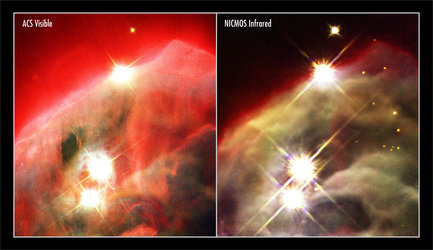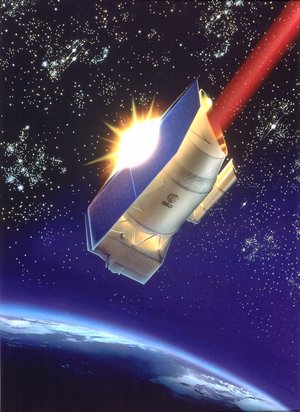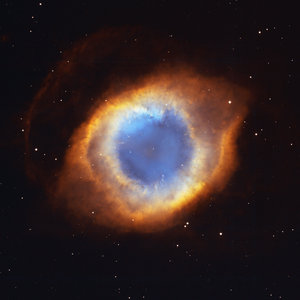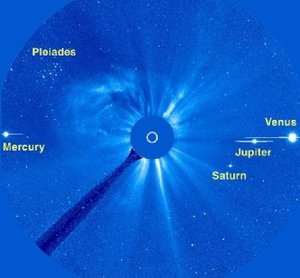12 May
1910: On 12 May 1910, Sir William Huggins died. William Huggins was an English amateur astronomer and the pioneer of spectroscopy. He built a private observatory in 1856 at Tulse Hill, South London and installed a highly-sensitive 8-inch refractor telescope.
He discovered dark-line spectra and in 1864 he examined the spectrum of a planetary nebula, NGC 6543 in Draco. He found that it had a bright line (emission line) spectrum including two green lines which could not be identified as of any known element at that time. These were then assigned to a new hypothetical element, 'Nebulium.'
He therefore concluded correctly that this nebula was not composed of stars, which have a continuous spectrum, but of glowing gas. In 1866, he made the first spectroscopic observation of a nova, Nova Coronae 1866, and found emission lines of hydrogen. In 1868 he studied the spectrum of a comet and identified the spectral lines of ethylene.
In 1899, he published an Atlas of Representatice Spectra.










